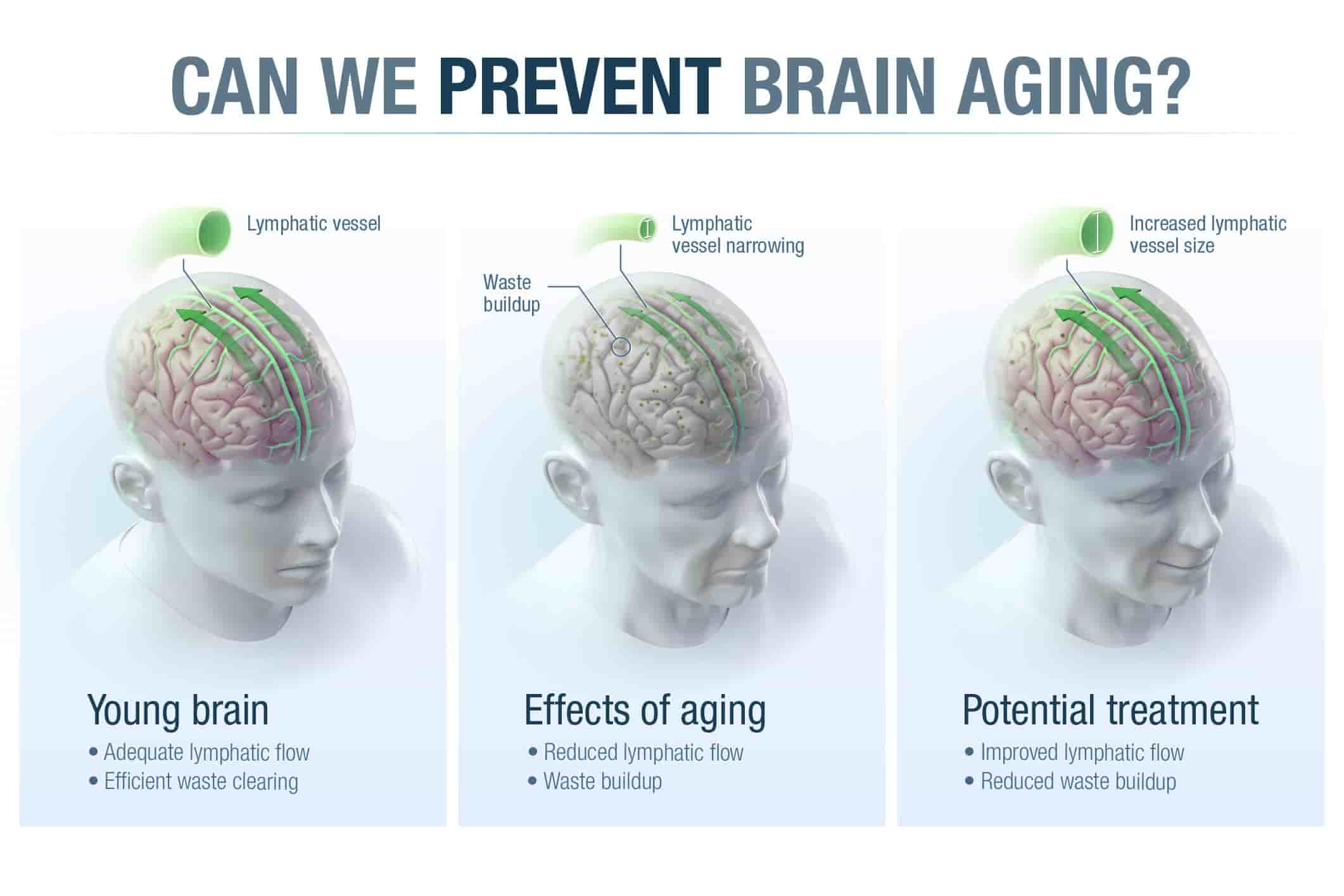Breaking Through to Next Levels of Technology
There have been some who have complained about the seeming lack of acceleration or slower than some have expected development of societal technology. Richard Jones talks about lack of specific progress to diamondoid molecular nanotechnology or the appearance that we might not be on track to a technological singularity. Addressing this criticism of rate of …











